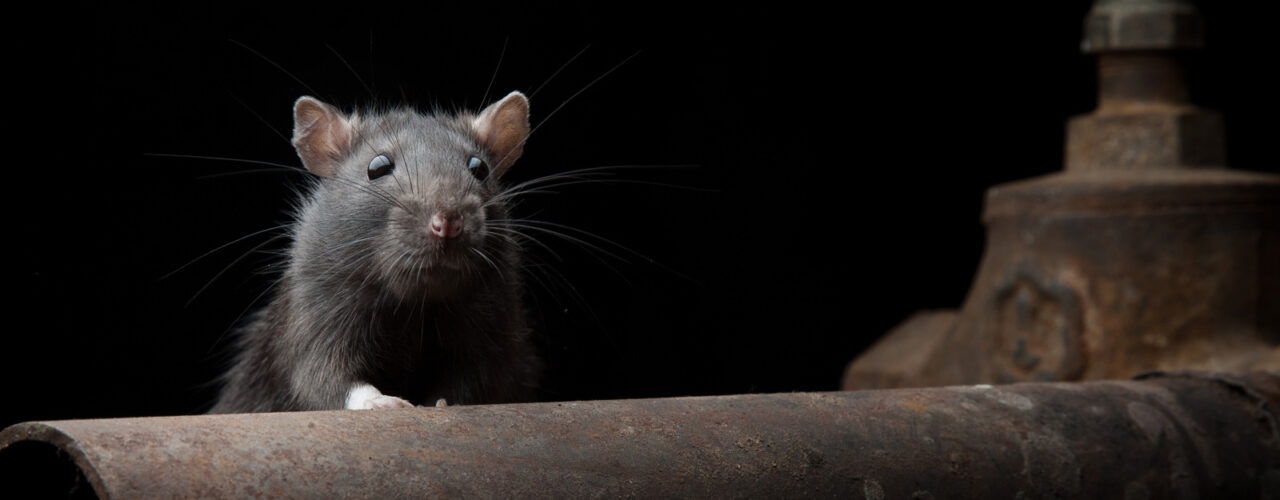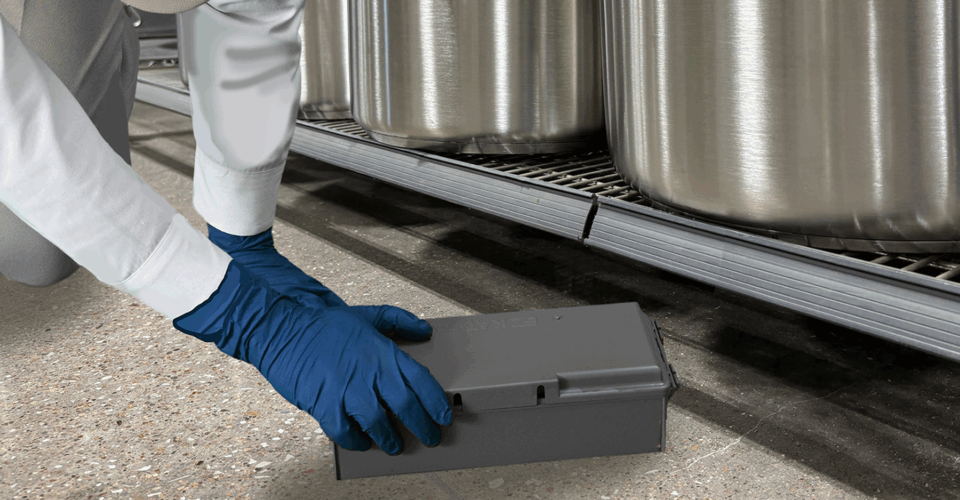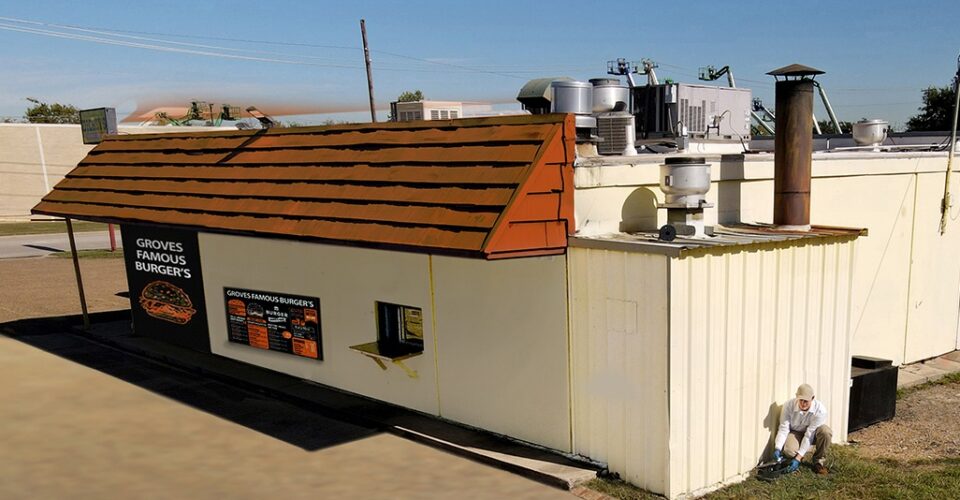You know the basics on the differences between Norway rats and roof rats: one is typically on the ground, the other is typically up high. In the US, Norway rats are widespread but roof rats are typically southern and range up through the coastal cities. Going past the basics, there are other key differences that can help you manage both these species.
- Roof rats can handle the cold. Even though roof rats are tropical in origin, they are now present in many areas of the world and can tolerate some pretty cold temperatures. Roof rats are established on Macquarie Island where temperatures range from 36-47o While temps rarely fall below freezing, they also don’t get above 50oF so it’s not warm. If you are in a cooler region, roof rats can burrow instead of nesting up high in trees. Roof rats can tolerate those cooler regions, but they do prefer warmer spots. With ongoing climate change and global temperatures increasing, we can expect to see the range of roof rats expanding as conditions become more favorable. Also, urban areas have plenty of buildings and man-made structures that insulate them from the worst of the winter cold. This means you shouldn’t cut back on rodent control in the winter, though you may want to adjust where stations are located. (https://www.cambridge.org/core/journals/journal-of-zoology/article/distribution-and-habitat-use-of-the-feral-black-rat-rattus-rattus-on-subantarctic-macquarie-island/808C61E7AA40DB12F6FD2A490E62F586)
- Norway rats are great swimmers. Roof rats: not so much. The excellent swimming capabilities of Norway rats could be one reason why they have expanded all over the world. Scientists tagged a Norway rat and dropped it on an uninhabited island. They wanted to look at where it went and what it did to understand more about how an invasive species starts to colonize. However, the little guy had different plans. It swam over 400 yards across the ocean to a nearby island. It took the scientists 18 weeks to recapture it. They finally caught it in a trap baited with penguin meat. Consider using the EZ Secured Rodent Bait Station, and maybe bait with something other than penguin! To the pest management professional, you may have to look farther and harder to find burrows and food sources. http://news.bbc.co.uk/2/hi/science/nature/4356980.stm
- Norway rats outcompete roof rats. Studies indicated that food is the major limiting factor for both species. Norway rats are better at getting to that food, feeding on it, and growing just a bit faster than roof rats. Norway rats have slightly bigger litter sizes so their populations grow faster than roof rat populations. Roof rats were actually present in the US first, but when ships brought over the Norway rats, they quickly started taking over and roof rats were pushed south and to the coasts. In areas with limited food resources, you will likely have just Norway rats.
- But they can be found together. Yep, we just said that Norway rats outcompete roof rats, now we are saying that they can be found together. In areas that have both species (again, the southern states and coastal areas), if food is plentiful, both rats can be found in the same locations. They are typically taking advantage of different heights: Norway rats down low to the ground, roof rats up high in the trees and roofs. Trapping data out of New Orleans, LA has shown both species in traps placed very close to each other. As long as food resources are abundant, their territories remain small and they are separated vertically. You want to use a rat trap like the EZ Snap Rat Trap and place it in different locations for each species.
It takes knowledge and experience to be a pest management professional. Knowing the pest, its preferences, and the biology can help to put traps and stations in just the right spot for maximum efficacy. VM Products can help you with all of that so contact us for more info!





